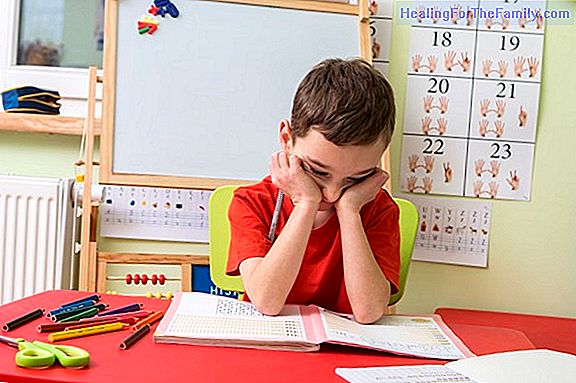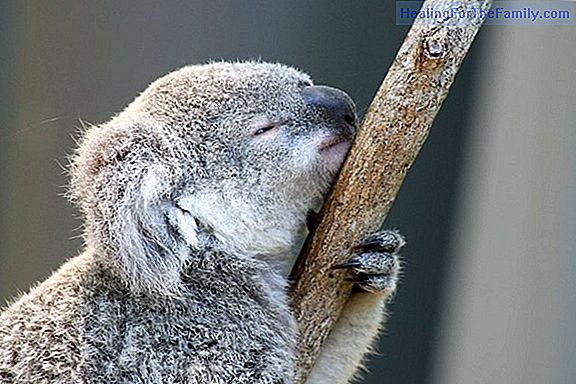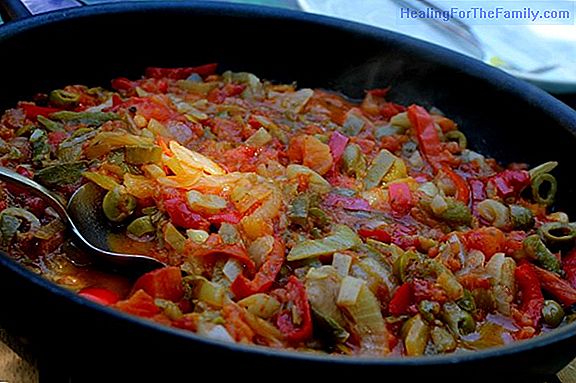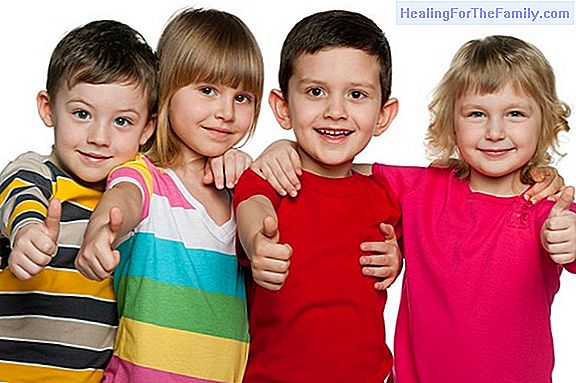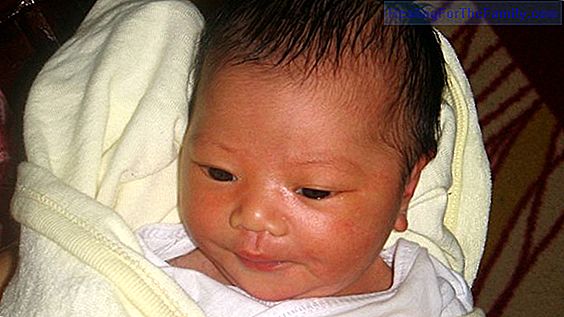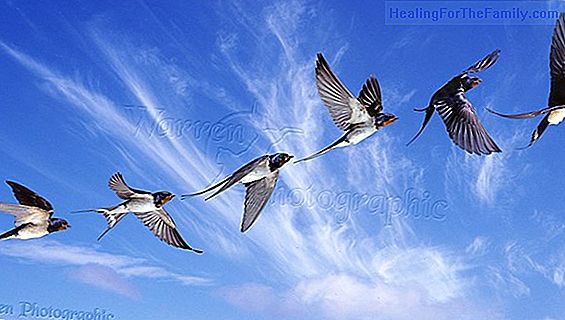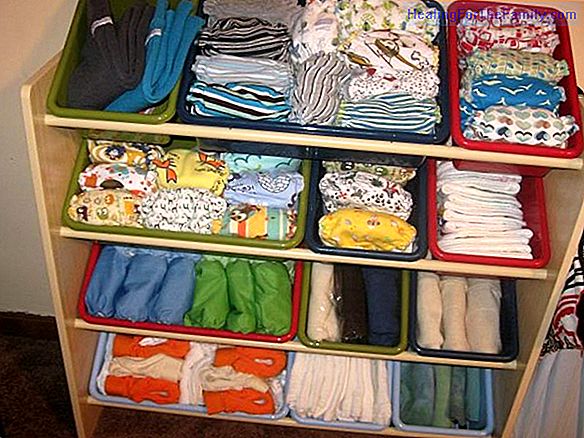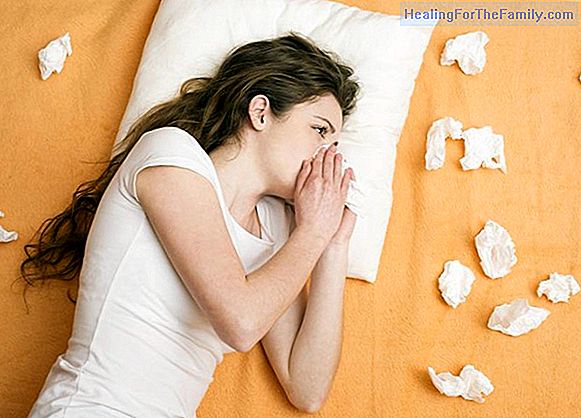Decalogue against lice of children
Lice do not jump, do not fly, do not transmit diseases and are spread through direct contact between heads and through the sharing of objects such as hats and combs. First of all, it is very important to demystify the lice problem and to know the 10 basic rules to combat, treat and prevent the appea
Lice do not jump, do not fly, do not transmit diseases and are spread through direct contact between heads and through the sharing of objects such as hats and combs. First of all, it is very important to demystify the lice problem and to know the 10 basic rules to combat, treat and prevent the appearance of head lice in children.
10 basic rules against lice of children
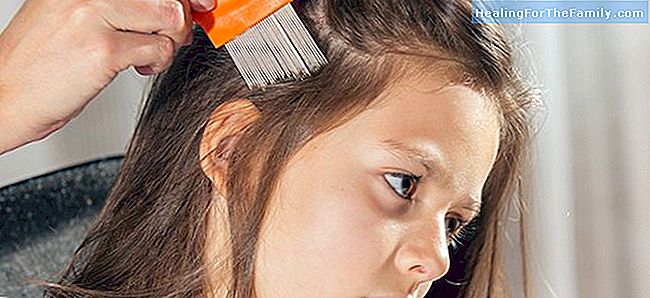
1- What are and discomfort caused by lice
Lice are parasites that feed on human blood and need heat and moisture to live. They are transmitted by direct contact between heads as well as by the sharing of objects such as combs and hats. Lice cause itching in children's heads due to the saliva they inject when they bite to feed on human blood. The louse is camouflaged, that is, it has the ability to adopt the tone of the hair to go unnoticed. Even so, they are still visible to the human eye.
2- The infestation and the contagion of lice
1 of every 4 children of school age, get lice. Lice infect children more, between 3 and 10 years old, because at these ages it is when there is more physical contact. However, no one is safe from getting head lice so their prevention is more than necessary. It is important to remember that lice occur most often in long hairs. Therefore, we must do everything possible so that the children wear their hair short or collected.
3- You can prevent children from getting lice
You can prevent children from getting head lice both at home and at school:
- Carefully checking the children's heads if they notice itching and at times of greatest incidence.
- Alerting parents when there are cases of lice in the school
- Communicating to the school if the child has lice
- Guiding the children about the forms of contagion
- Children should always use their towel, comb and brushes in a way individual, not share them with anyone and keep them separate from the rest of the products both at home and at school.
4- How to eliminate lice
When finding lice on the child's head, first go to the pharmacy to get a lice treatment and apply it following the instructions of your prospect. The most commonly used and safe pediculicides are pyrethrins (such as phenothrin). After application to the child's hair, it is necessary to remove the dead lice and then, with the help of a nurse, the nits and the eggs of the lice, lock by strand. Repeat the treatment every time indicated in the product's leaflet. We remind you that a louse can reach up to 150 eggs in the 5 days of its reproductive stage. This is an average of 30 a day, so a timely treatment is the best way to prevent the problem from becoming more important.
5- Prevention of lice with repellents
When in the environment there is danger of contagion or reinfestation of lice, it will be verified that there is no contagion in children's hair. Then a Lice repellent, which can also be purchased at the pharmacy, will be sprayed on clean and dry hair, applying a sufficient amount to cover the entire surface to be treated. Para 6- To avoid reinfestation of lice
To prevent lice from re-infecting the children's heads, it is necessary that, when the child contracts them for the first time, all the objects he has used such as combs, brushes, caps are checked. , ribbons, clothes, pillows, cushions, etc. Clothes and sheets must be washed (more than 50 degrees). All your stuffed animals and toys should be put in a hermetically sealed bag for two weeks. In this time, the lice do not survive.
7- Lice are not related to lack of hygiene
There are many parents who omit and hide, for shame, that their child has lice. They think that the lice are infested by the lack of hygiene of the children, which is totally uncertain. It is proven that lice have a preference for clean hair, where it is easier to deposit their eggs. Lice like cleanliness. They feel more at ease in a clean environment where they can feed themselves 'without great obstacles'. So having lice is not a matter of lack of hygiene, as you often think wrong.
8 - Home remedies against lice
There is an infinity of more or less safe home methods such as vinegar, herbs and oils, to combat lice. Some of them, for example diluted vinegar, applied after washing the hair of children, has achieved in the laboratory to facilitate the elimination of eggs, but not remove them. However, none of these substances has proven effective on its own. In addition, it is important not to use these methods before applying pediculicides to prevent them from losing effectiveness.
9- Lice are not a risk to the health of children
If you notice that your child has lice, it is important to stay calm because, although they can be annoying and worrisome, lice do not transmit diseases and can be eliminated through effective treatments.
Of the traditional remedies, the only one that has proven effective in clinical trials, is the mechanical extraction of nits and lice with a lancerera (special comb with fine tines). Its action alone is limited, but in association with a pediculicide, it is highly effective. In addition, its routine use allows the relative to make a post-treatment control, detecting early cases of poorly applied treatments or reinfestations.
10- Social problems that can cause lice to children
The child who has lice should not be isolated. This is a practice that marginalizes the child, which can affect their self-esteem and makes no sense because once the presence of lice is detected in their head, there are effective treatments to combat them. The only thing that should be done is to guide the child to avoid physical contact with other children, notify the school, monitor and treat the problem.

